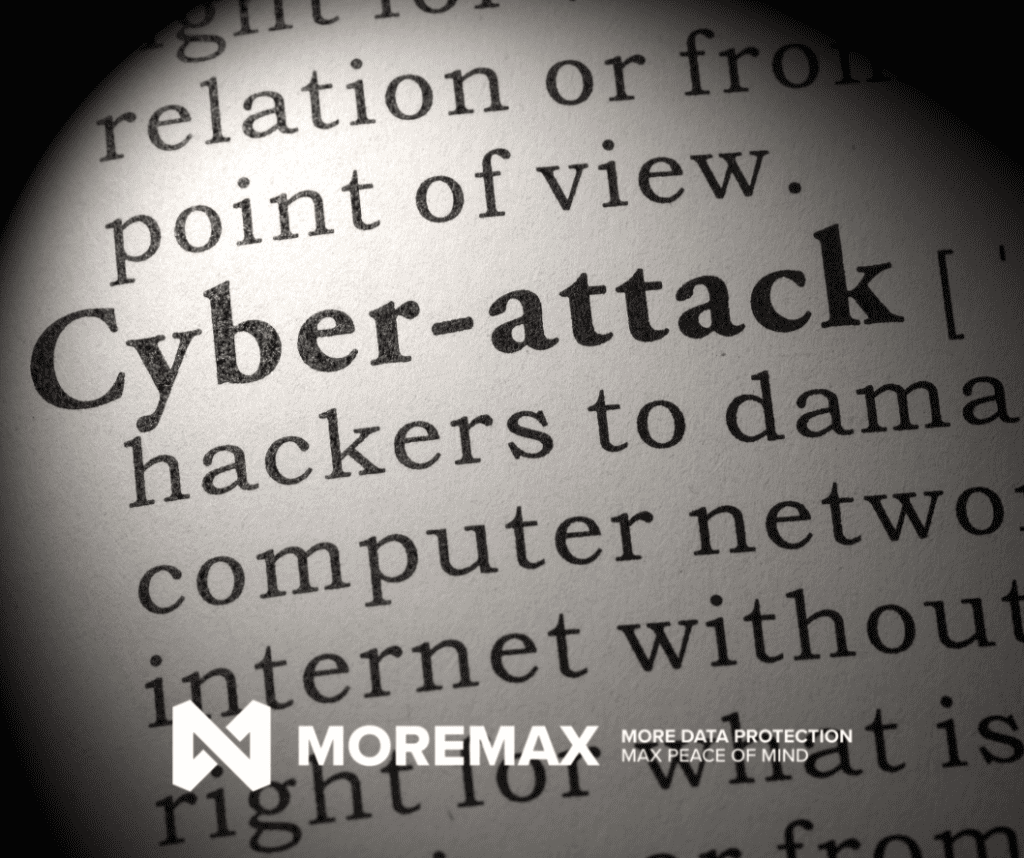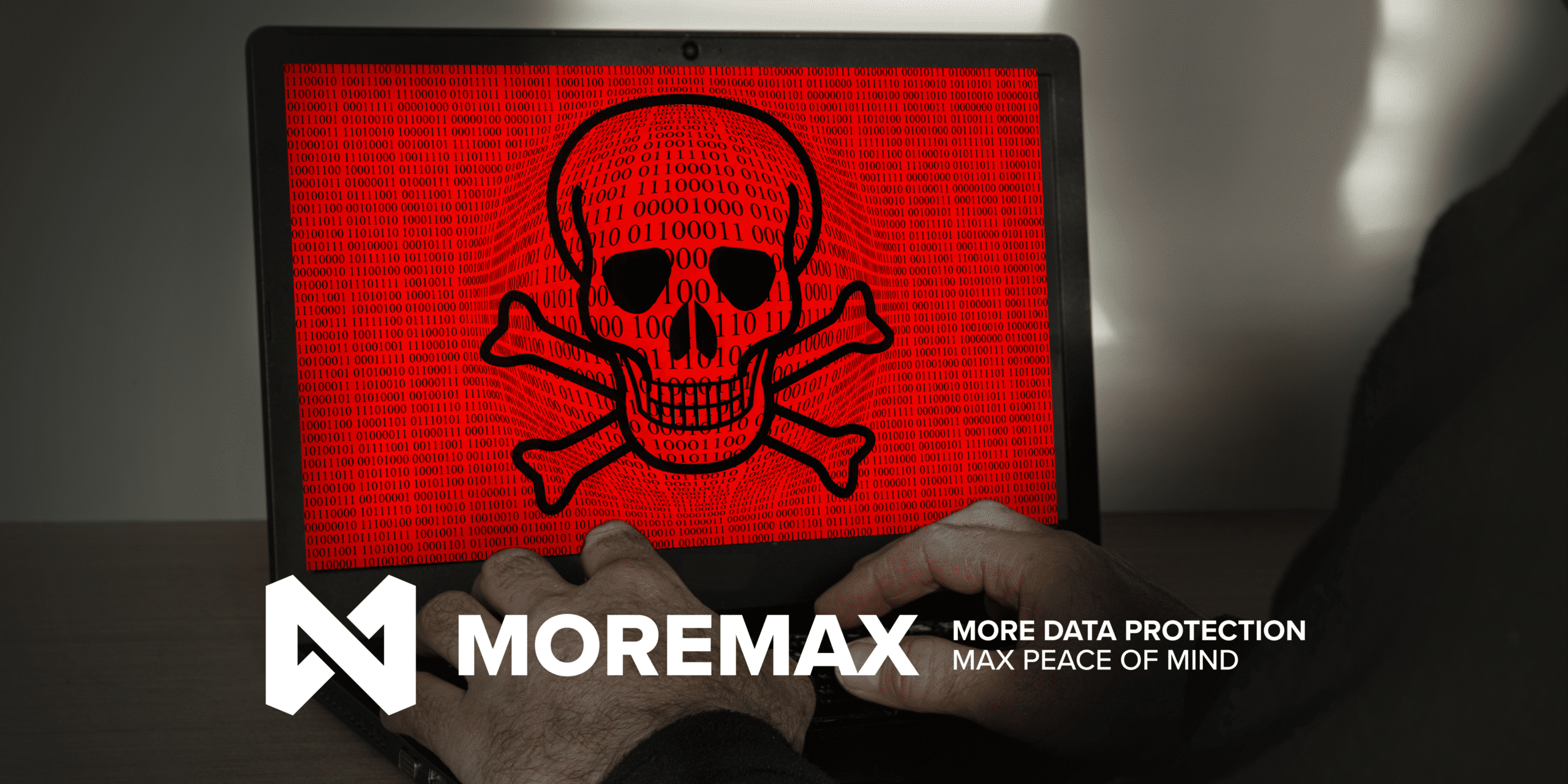
In today’s digital age, cyber attacks have become more sophisticated and frequent, making it imperative for organizations to have robust cyber security policies in place. While detection and response are critical components of any effective cyber security strategy, prevention remains the best defense against cyber attacks.
Prevention is focused on stopping attacks before they can occur, while detection is concerned with identifying and responding to attacks that have already taken place. In other words, prevention is proactive, while detection is reactive. By prioritizing prevention, organizations can minimize the chances of a successful cyber attack, thus saving time and resources that would otherwise be spent on damage control.
Locking doors and windows is a preventive measure taken to secure a physical space. It is a basic security measure that can deter intruders from attempting to break into a building or home. Similarly, preventive measures in cyber security such as firewalls, antivirus software, and encryption can make it difficult for attackers to gain access to sensitive information. Prevention also involves creating and enforcing strong password policies, restricting access to sensitive data, and implementing security awareness training for employees. These measures make it difficult for attackers to exploit vulnerabilities, thus reducing the chances of a successful cyber attack.
However, preventive measures alone are not enough. Cyber attackers are becoming more sophisticated and are finding new ways to breach even the most robust cyber security defenses. In such cases, detection and response become critical to minimizing the damage caused by a successful attack. Detection measures such as intrusion detection systems (IDS) and security information and event management (SIEM) can help organizations identify and respond to attacks in real-time. Response measures such as incident response plans and disaster recovery plans can help organizations minimize the damage caused by a successful attack.
Detection and response are reactive measures that can help organizations quickly identify and respond to an attack that has already taken place. However, they can be expensive and time-consuming. Furthermore, they can never guarantee 100% protection against cyber attacks. By prioritizing prevention, organizations can significantly reduce the likelihood of a successful attack, thus saving time and resources that would otherwise be spent on detection and response.
In conclusion, cyber security is a critical aspect of any organization’s digital infrastructure. While detection and response are critical components of any effective cyber security strategy, prevention remains the best defense against cyber-attacks. Prioritizing prevention means that organizations are taking proactive measures to secure their digital infrastructure and minimize the chances of a successful attack. It also means that organizations can save time and resources that would otherwise be spent on detection and response. Ultimately, a robust cyber security policy should strike a balance between prevention, detection, and response, ensuring that the organization is well-protected against cyber-attacks.





Related Posts